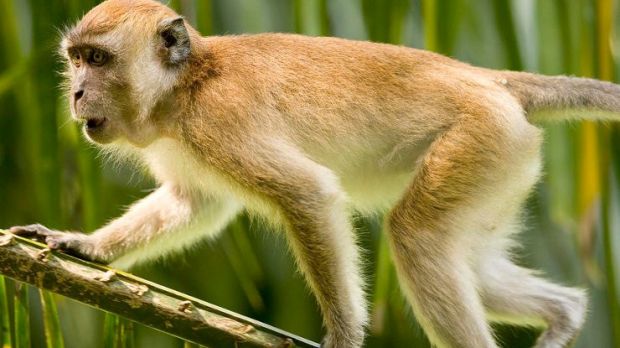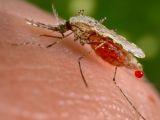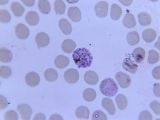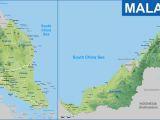Speaking at last week's American Society of Tropical Medicine and Hygiene Annual Meeting in New Orleans, US, researcher Balbir Singh announced that a strain of malaria had come to infect people in Malaysia worryingly often.
What's interesting is that the malaria parasite in question, identified as Plasmodium knowlesi, usually sticks to infecting monkeys. Thus, it is long-tailed macaques that usually contract this strain and develop malaria as a result.
Just how bad is the situation?
Specialist Balbir Singh now working with the Malaria Research Center at the University of Malaysia in the state of Sarawak says that, of the people diagnosed with malaria and admitted to hospital last year, some 68% developed the disease after contracting the Plasmodium knowlesi parasite.
The researcher goes on to detail that, in 2013, Plasmodium knowlesi infection rates in Malaysia were three times greater than the ones linked to the Plasmodium falciparum parasite, which is by far the deadliest of the bunch.
“This is a form of malaria that was once rarely seen in people, but today, in some remote areas of the country, all of the indigenous malaria cases we are seeing are caused by the P. knowlesi parasite,” Balbir Singh said in a statement.
As mentioned, the Plasmodium knowlesi parasite usually affects long-tailed macaques. Still, studies have shown that, if given the chance, it can also infect humans and cause them to develop malaria. Sometimes, it can even prove deadly.
Deforestation is to blame
Researcher Balbir Singh claims that, as surprising as this may sound, it's deforestation that must be blamed for the fact that this parasite now has such an easy time infecting people.
Thus, the specialist says that, the more forested areas are destroyed in Malaysia in order to make room for plantations or new communities, the closer humans get to wild animals, long-tailed macaques included. Hence, the parasite finds it easier to make new victims among people.
According to Balbir Singh, the parasite moves from long-tailed macaques to humans via a mosquito host. Since these insects feed not just during nighttime but also during the day, folks cannot keep safe simply by seeking shelter behind nets when sleeping.
What worries the researcher is the fact that, in time, the Plasmodium knowlesi parasite could mutate and find a way to pass from one human to another. In fact, evidence at hand indicates that this has already happened.
“If the number of cases continue to increase, human-to-human transmission by mosquitoes becomes possible. In fact, this may already have happened, which would allow P. knowlesi malaria to spread more easily throughout Southeast Asia,” said Balbir Singh, as cited by Mongabay.
The good news is that, at least for the time being, this malaria parasite can be killed by regular antimalarial drugs. Thus, folks who are exposed to it and become infected have high chances to survive the experience.

 14 DAY TRIAL //
14 DAY TRIAL // 



